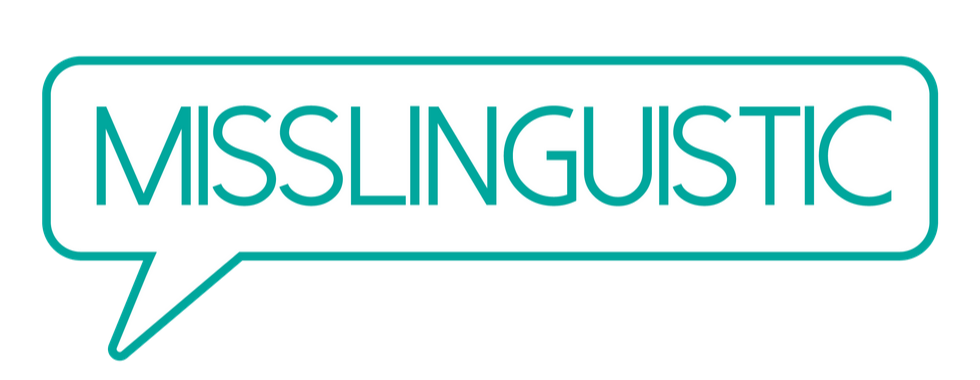We’re at the end of the 30-Day Record Yourself Challenge, in which language learners are recording themselves speaking in their target language for at least a minute every day. It has been challenging to keep up, but I’ve found it an invaluable method for language learning, and I’ll tell you why.
The #30DRYC is the brainchild of linguistics student Aaron (@Fingtam.languages), who designed a month’s worth of prompts to get us talking, and encourages us to post our recordings on social media, mostly on Instagram, Youtube, and Twitter (I’ve been posting only to my challenges-only Instagram (@misslingdiary) to avoid spamming my followers with languages they don’t care about!
You’d think that a minute a day would be no sweat, but this depends on your approach. Many learners have chosen to turn on their cameras and start speaking of the top of their heads. This is by far the quickest way to do it (and the best way to ensure that you’ll keep up with the challenge, since it is the least time commitment). For learners struggling with the motivation to just get talking, there is great value to this approach.
My own approach on the other hand is a little more involved, but I have found it incredibly helpful.
These are my steps:
1.I write out the monologue, taking care to keep it colloquial, as if I’m speaking casually to a friend. I send this monologue to a native speaker to edit. I find these native speakers on language exchange sites (HelloTalk), tutoring websites (italki), or through freelancer websites like Upwork or Fiverr).
2. I then ask the native speaker to record themselves reading the monologue out loud (but I do ask them to try to sound as if they’re speaking naturally and not reading!)
3. Then I download the recording to my phone and play it on the Tempo SlowMo app, which lets you slow down the speed without affecting the pitch. I usually end up starting at about 70% speed, and then put that baby on repeat. I listen to the monologue over and over, while I’m doing chores, working out, or commuting. I slowly work my way up to 100% full speed. Throughout this step, at least whenever I’m not in public, I try to “sing along” with the recording. This way I can make sure my own pronunciation and prosody (the musicality of the language) matches that of the speakers, and start getting my muscle memory involved.
4. Then I finally record! At this point, if my monologue doesn’t exactly match the original, if I go off topic a little bit, or if there are a few mistakes, I don’t worry too much about it (that’s what editing is for!) What is important is that by this point in this process, I will have already learned a lot. Both from the edits that the native speaker made to my monologue, and from the listening and speaking practice I had from practicing the monologue before I recorded.
Throughout this challenge, I did frequently get overwhelmed by other commitments and I’d find myself having to record several a day to keep up. After the first few days, I found that the best way to approach this challenge was the same way I approach creating the rest of my content: by allocating my tasks to times and places in which they are the most convenient. For example, when I was stuck on long plane rides without internet, I’d draft 10 monologues in one go (and check my online dictionaries when I landed). I’d listen to several monologues in rotation over a couple days. Then when I had a good free day for recording (and a good hair day!) I’d record as many as I could in one go, and edit them whenever I had time.
Another great benefit of this challenge, of course, was just being motivated to stay on track. I was motivated both by the really impressive videos being uploaded by the other challenge participants, and my own sense of pride in being able to keep up with this challenge.
As a language learner, I really encourage you to try out a challenge like this. Even if the #30dryc challenge is over, Aaron encourages everyone to feel free to start the challenge at any time, and to keep using the hashtag so that other latecomers can see and be motivated by your progress!
If you’d like to check out my videos so far (I’ve recorded in Spanish, French, Mandarin, Cantonese, Korean, Indonesian, and ASL) you can head on over to my challenge Instagram @misslingdiary. Eventually I’ll put some highlights on my Youtube channel as well.
Happy Challenging!







